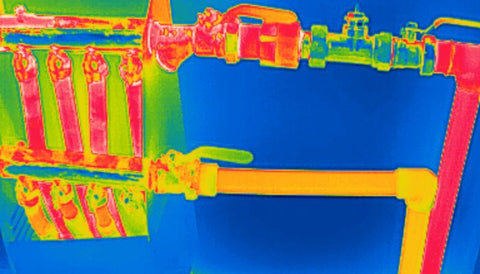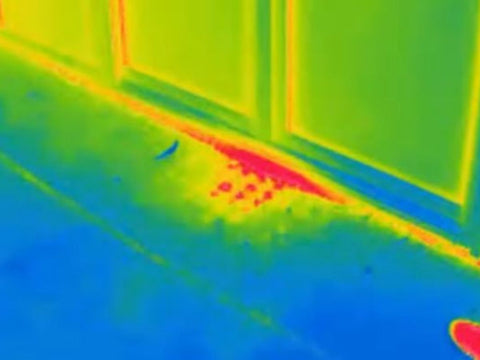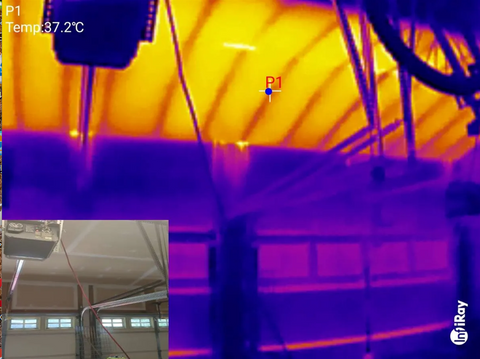What are The Advantages of Using Thermal Imaging Technology for Home Energy Audits
An in-depth understanding of thermal imagers can be highly beneficial in pursuing energy-saving houses. Previously restricted to military or industry applications, thermography is now being applied to household power audits, providing valuable information about power usage and potential savings. Let's explore how using a thermal imaging device during a household energy audit can benefit homeowners.
The Revelation of Thermal Imaging
Household energy audits are essential to determine where there is a waste of energy and to increase the overall effectiveness. Traditionally, this was done by hand checks and guesses, but thermal imaging techniques have made it more precise and effective.

Understanding Thermal Imaging: Heat Variations with Shedding Light
Thermal imaging uses infrared techniques to measure and display temperature changes in the body and surface. Through the acquisition of such heat signals, the thermostats can be used to determine where the heat is lost or gained, which is an essential tool for household power audits.
The Advantages of Home Energy Audits with Thermal Imaging
The primary advantage of thermal imaging cameras is their ability to detect insulation cracks and air leaks that may not be visible during a visual inspection. Such latent problems can have a significant effect on energy efficiency and lead to higher utility costs. In addition, the thermal imaging system can assist in evaluating the efficiency of the current insulation and in determining where it needs to be improved.
How Thermal Imaging for Home Energy Audits
During the thermal check, an accredited technical staff will take pictures of the inside and outside of the house with a thermal camera, which will show the temperature difference. The pictures are then analyzed to determine possible areas of interest, for example, poor insulation, sliding windows, or insufficient weatherproofing.
Selecting Right Thermal Imaging Equipment
When selecting a thermographic device for home energy audits, it's essential to consider resolution, sensitivity, and usability. Although professional thermal cameras provide excellent picture quality and precision, there are also more inexpensive alternatives for DIY lovers.

Professional Thermal Imaging Audits vs. DIY
While DIY thermography can give valuable information about the energy problem, the expert review provides an integrated evaluation based on specialist education and experience. Investing in a professional energy audit can lead to more long-term gains, such as more energy-saving and more comfortable.
Interpreting Thermal Imaging Results
A fundamental knowledge of the temperature gradient and the color change is needed to interpret the thermal picture. Generally, the cooler regions will be blue or green, whereas the warmer regions will be yellow or red. Through the analysis of those models, owners can make effective priority decisions on energy efficiency.

Future Trends of Home Energy Efficiency Thermal Imaging
Along with the development of technology, the ability of the thermal camera for household energy audits will also increase. Advances in sensor techniques and data analysis have opened the door to a more precise, insightful evaluation. Integrating with intelligent household systems will also allow for real-time monitoring and optimization of power use.
Using Thermal Imaging to Improve Energy Efficiency
Thermography is an invaluable instrument for household energy audits, providing unrivaled insight into the use of power and efficiency. Whether you choose to DIY or get technical assistance, investing in a thermal imaging camera will result in significant savings.




